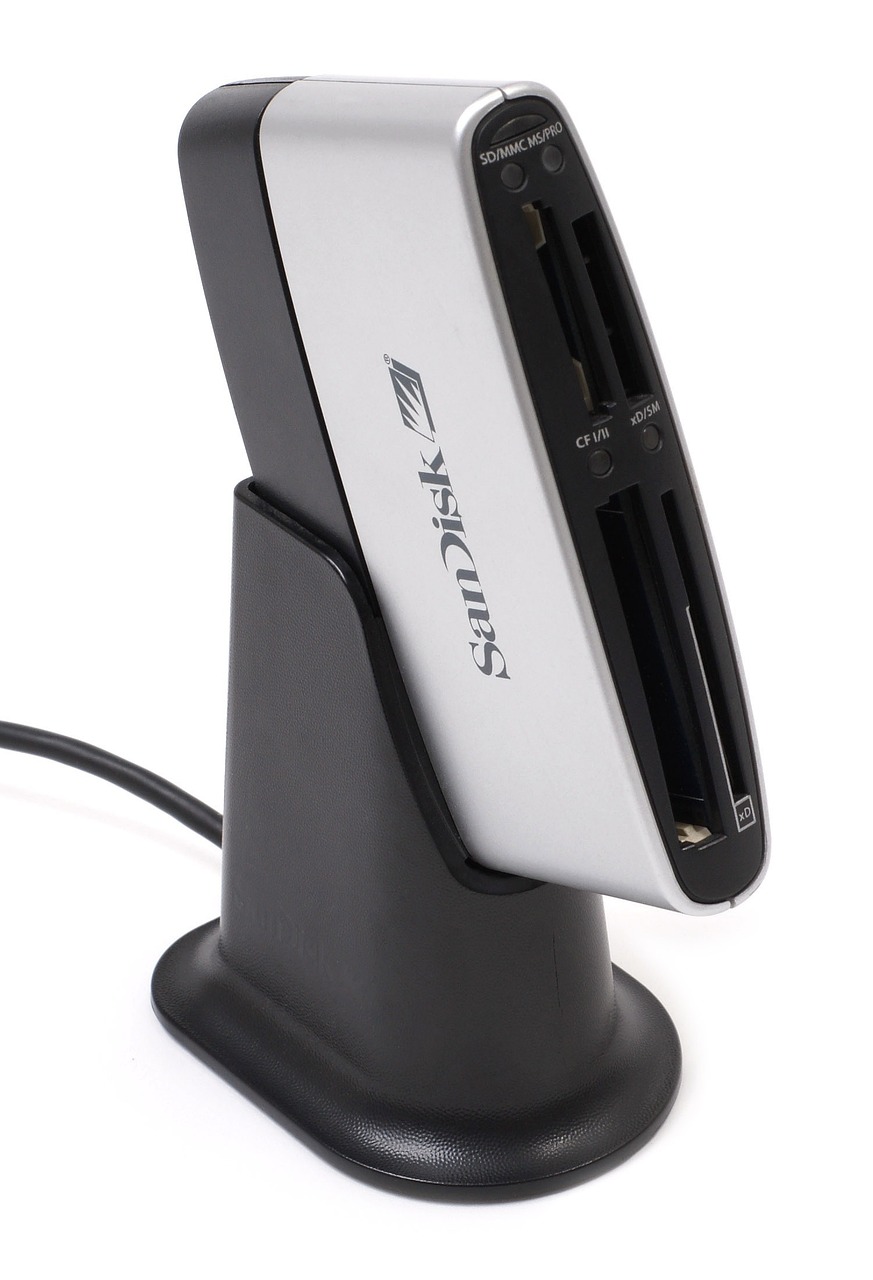Title: CNC Machine Electrical Control with Programmable Logic Controllers (PLC)
CNC machine electrical control with programmable logic controllers (PLC) has become a common practice in modern machine tool control systems. PLCs are used to automate and streamline the operation of CNC machines, providing increased efficiency and precision in machining processes. By integrating PLCs into CNC machine control systems, machine operators can easily input and store machining parameters, such as spindle speed, feed rate, and tool selection, to ensure consistent and accurate machining results. Additionally, PLCs enable CNC machines to perform complex operations, such as multiple axis machining and tool path planning, with ease and precision. With the help of PLCs, CNC machine operators can also monitor and adjust machine parameters in real time, ensuring that the machining process remains within specified tolerances. This approach to CNC machine control significantly enhances the efficiency and versatility of modern machine tools, making them more reliable and profitable for manufacturers to use.
CNC (Computer Numerical Control) machines are widely used in manufacturing industries, offering precision, efficiency, and adaptability in cutting, milling, and turning operations. The heart of a CNC machine is its electrical control system, which interfaces with the machine’s hardware to execute the programmed instructions. One of the key components of this control system is the Programmable Logic Controller (PLC), which plays a crucial role in automating and managing the machine’s operations.
PLC, short for Programmable Logic Controller, is a digital computer designed to sequence, time, and count inputs from sensors and other devices, and to send outputs to actuators and other machines. In the context of CNC machine control, PLCs enable the machine to perform a wide range of complex operations with precision and speed. They are also capable of monitoring and responding to real-time changes in the machine’s environment, such as temperature, pressure, and material properties.
The first generation of PLCs appeared in the 1960s, initially designed to replace relay-based control systems in industrial automation applications. Over time, PLC technology has evolved significantly, becoming more powerful, flexible, and user-friendly. Today’s PLCs are equipped with advanced features such as Ethernet connectivity, data logging, and recipe management, which enable them to play a more significant role in the intelligent control of CNC machines.

In CNC machine applications, PLCs are typically connected to the machine’s main controller via a communication interface such as RS-232 or Ethernet. They receive input signals from sensors monitoring machine conditions like spindle speed, tool presence, and coolant level. The PLC then processes these inputs according to user-defined logic rules, and sends output signals to actuators like motors or solenoids to control machine operations like cutting or clamping.
The programming language used to write PLC software is often specific to the manufacturer’s hardware and can include ladder logic, function blocks, or structured text. This programming environment allows users to define complex sequences of operations and to set parameters like operating speed, acceleration, and deceleration. The software also includes diagnostic tools that enable users to monitor machine performance in real time and to identify and resolve problems quickly.
In conclusion, Programmable Logic Controllers (PLC) play a vital role in the electrical control of CNC machines. They enable machines to perform precision operations with speed and efficiency while also providing users with powerful diagnostic and programming capabilities. With the continued evolution of PLC technology, it is likely that CNC machines will become even more automated and intelligent in the future.
Articles related to the knowledge points of this article:
PLC Temperature Controller Symbols: A Guide to Understanding and Using Them
PLC Servo Controller Settings: A Step-by-Step Guide
Title: Taiyuan Mitsubishi PLC Controller
PLC Controller’s Programmable Memory
Supplying Mitsubishi PLC Controllers: A Trusted Manufacturer